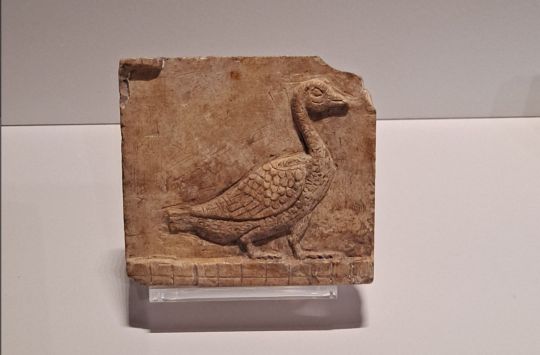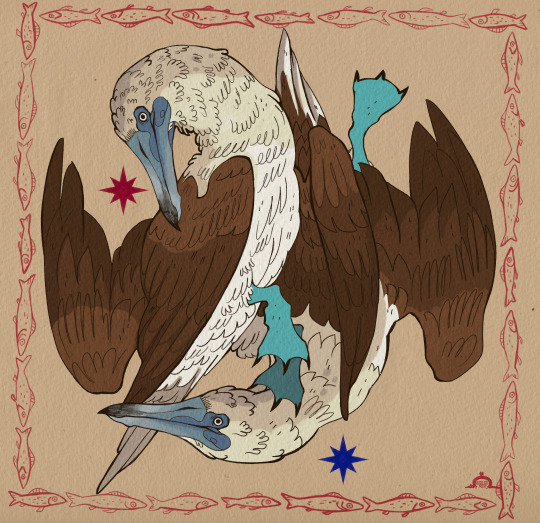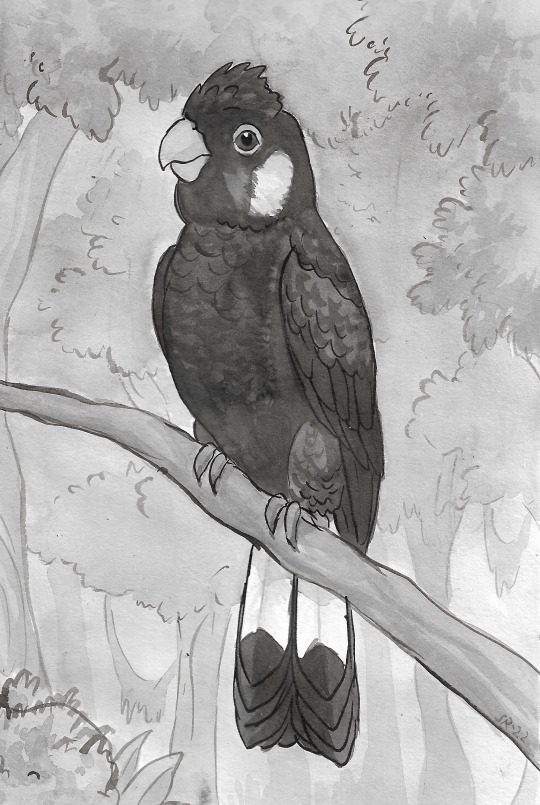Humans see a bird, and we just have to make art! Tag me in bird art!
Don't wanna be here? Send us removal request.
Text
Putting the blog on pause as I carve out a new daily schedule with school starting...
As is tradition: Enjoy a polite pigeon doing some bows. He's trying so hard! Are you impressed?? Do you like him yet??? He thinks you're so cool

935 notes
·
View notes
Text
i’m kinda biased but i think pigeons are really cool

like what do you mean rats of the sky??? is that not a good thing??
949 notes
·
View notes
Text
Been designing a posable bird wing made completely out of interlocking paper, no glue or tape! My goal is to make a bird lantern similar to my koi lantern :D
The only problem now is that my laser cutter broke due to some software update by Full Spectrum Laser and they are refusing to fix it 😭When I contacted their support, they just told me to buy a new one. As if I would ever buy another laser from such a shitty company.
Anyone has a recommendation for a better laser cutter from a reputable company?

15K notes
·
View notes
Photo




Ah, the not so secret super secret escapade of chickadees and friends very late housewarming gift is now complete, packaged, and in the hands of the United States Postal Service… which means I’ll be checking my tracking repeatedly as I watch it sit at the Detroit warehouse for 2 weeks until it finally makes it 185 miles away to a suburb of Cleveland.
5 notes
·
View notes
Text

Strange and silent angels came to meet you in the field — to circle darkly overhead, to show you where to kneel.
9K notes
·
View notes
Photo

Ciel for WolfyTDA
A little quaker that says Ehh Weeho? I couldn’t resist! Art fight #10 and Final.
27 notes
·
View notes
Text

Plaque with a duck
* Egypt
* Late Period - Hellenistic period (400-30 BCE)
* limestone
* Egyptian Museum of Turin
Turin, June 2023
140 notes
·
View notes
Photo

390: Lion and Friends
Long time no update! Here is a lioness with some birbs.
2K notes
·
View notes
Photo

American Kestrel sculpture in progress. Needle felted, hand sculpted and painted beak, taxidermy eyes. Yvonne’s Workshop on etsy and Facebook.
57 notes
·
View notes






